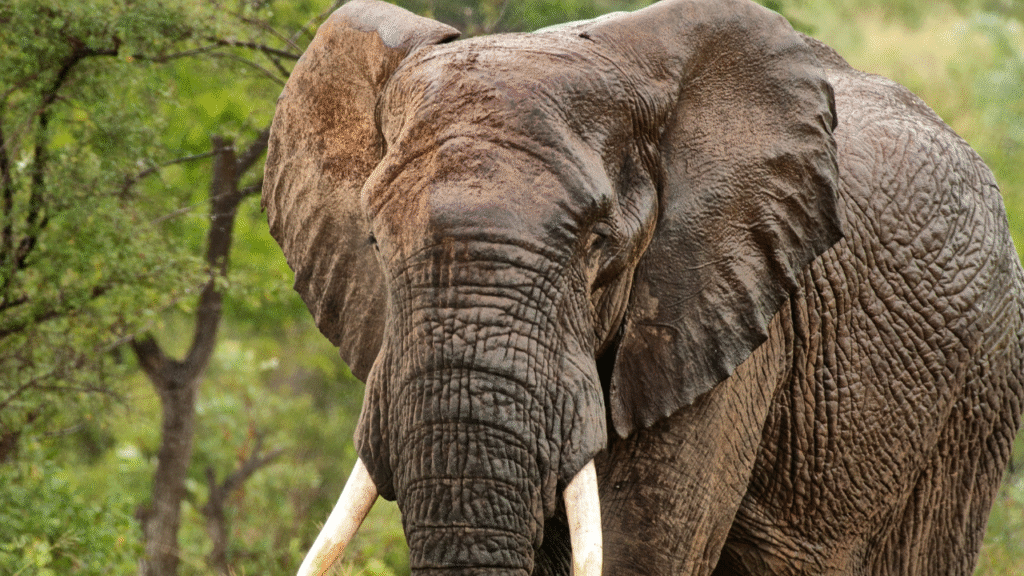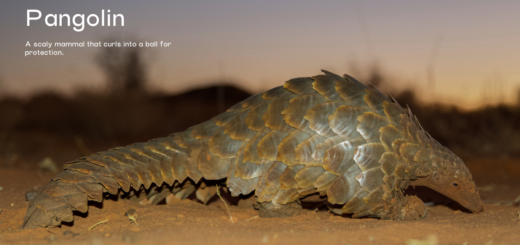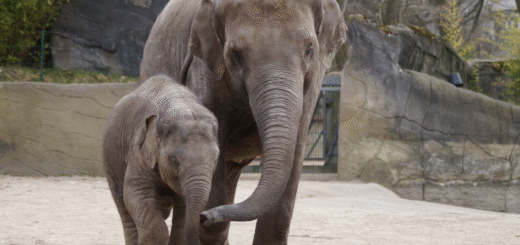The Elephant in the Room: Addressing Ivory Trade and Poaching
In the heart of Africa and Asia, the silent suffering of elephants unfolds every day—hunted not for meat or survival, but for their tusks. The ivory trade and elephant poaching remain among the most pressing wildlife crises in the modern era. Despite global outcry and international bans, the demand for ivory continues to claim thousands of elephant lives each year. In this article, we explore the roots of the issue, the impact on elephant populations, and the global efforts to stop the killing.

Understanding the Ivory Trade: What’s at Stake?
Ivory, the dense material from elephant tusks, has long been a symbol of luxury and status. Carved into jewelry, ornaments, or religious artifacts, ivory holds economic and cultural value in several parts of the world. However, this demand has devastating consequences. Elephants are slaughtered solely for their tusks, leaving behind orphaned calves and disrupted herds.
Despite bans by organizations like CITES (Convention on International Trade in Endangered Species), illegal ivory markets still thrive—particularly in parts of Asia and Africa, where enforcement is weak or corruption is high.
The Cost of Poaching: More Than Just Numbers
Elephants are keystone species—meaning their presence shapes the ecosystem. Their movements clear paths through forests, spread seeds, and create water holes. When poachers kill elephants, entire ecosystems suffer.
In the past century, African elephant populations have plummeted from millions to fewer than 400,000. Asian elephants fare even worse, with numbers hovering around 40,000 and continuing to decline. Beyond the statistics, poaching inflicts emotional trauma on elephant herds, which form deep family bonds. Mothers are killed in front of their calves. Matriarchs—leaders of the herd—are lost, leaving younger elephants without guidance or protection.
Why Ivory Is Still in Demand
Despite awareness campaigns, ivory remains a status symbol in some regions. Cultural beliefs, traditional medicine, and collectibles fuel this ongoing demand. Black markets adapt quickly, using online platforms, coded language, and international smuggling routes to avoid detection.
Efforts to reduce demand through public education are making progress, but as long as ivory is seen as valuable, the threat to elephants will persist.
Global Conservation Efforts: What’s Being Done?
International efforts to combat ivory poaching include:
- Bans and Moratoriums: Many countries, including China and the U.S., have banned domestic ivory trade.
- Wildlife Protection Units: Armed anti-poaching patrols in national parks work around the clock to defend elephants.
- Tracking and Surveillance: Drones, GPS collars, and AI surveillance help conservationists monitor elephant movements and detect poachers.
- Community Engagement: Local communities are key to success. Programs that provide alternative income—like ecotourism—reduce reliance on poaching.
NGOs like the Elephant Crisis Fund, Save the Elephants, and Wildlife Conservation Society are also on the frontlines, funding emergency response and long-term solutions.
How You Can Help
Everyone has a role in ending the ivory trade:
- Never buy ivory products, even antiques.
- Support certified wildlife organizations that focus on elephant protection.
- Raise awareness through social media and local events.
- Advocate for stronger laws in your country to block illegal ivory trade.
Conclusion: Hope for the Giants
The fight to end ivory trade and elephant poaching is far from over, but it is not without hope. From grassroots movements to international policy changes, momentum is building. With global cooperation and unwavering commitment, we can ensure elephants don’t become mere stories in history books. These magnificent creatures deserve more than extinction—they deserve a future.








